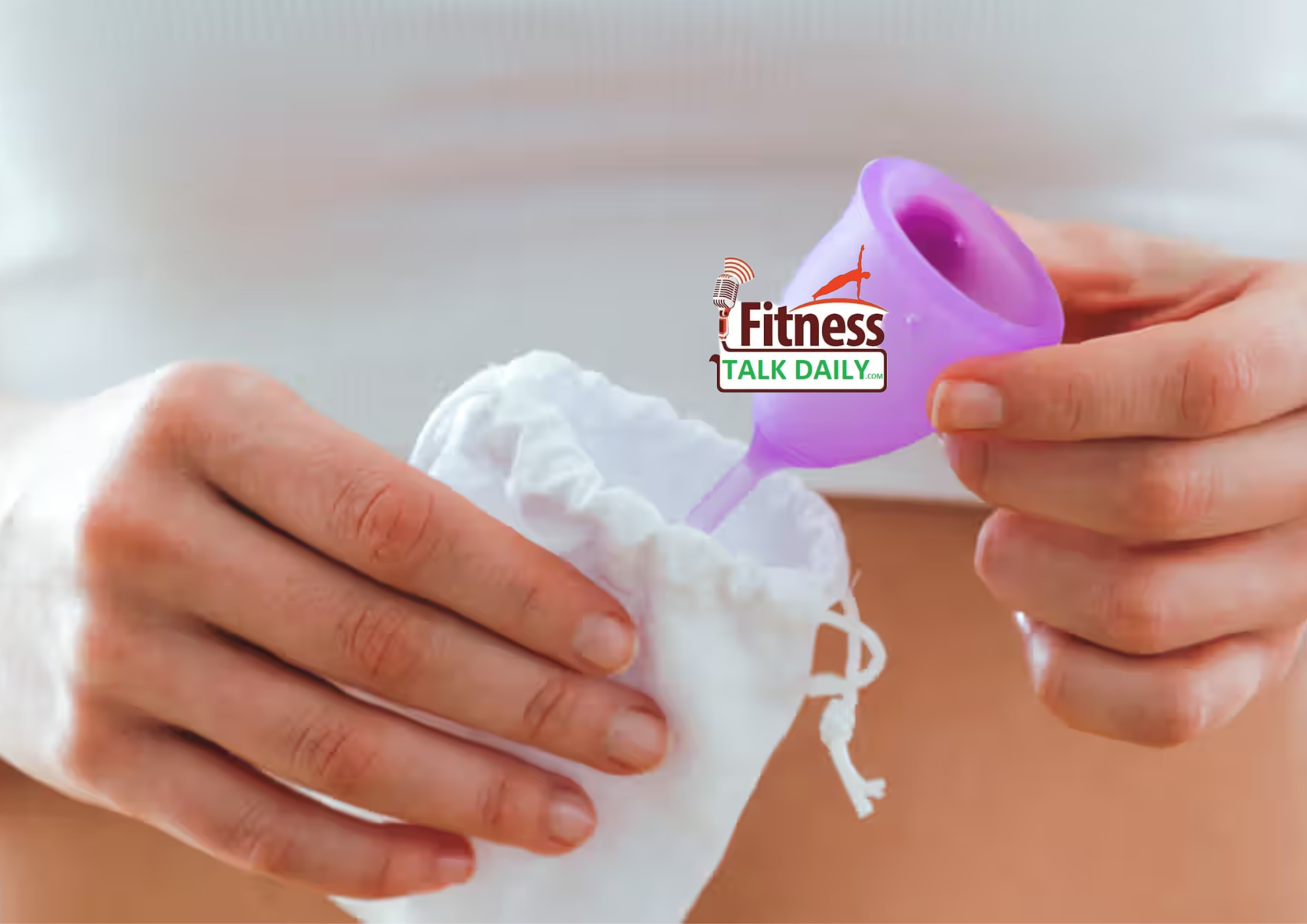Menstrual cups are gaining popularity as a sustainable, eco-friendly alternative to traditional period products like tampons and sanitary pads. Made from medical-grade silicone or rubber, these reusable cups collect menstrual fluid inside the vagina, offering a more convenient and environmentally conscious option for many women.
However, while menstrual cups can be a great choice for some, improper use can lead to significant health risks, especially for your kidneys. One of the most serious issues is ureterohydronephrosis, a condition where the kidneys and ureters swell due to blocked urine flow, which may arise from incorrect placement of the cup. In this article, we’ll explore the menstrual cup dangers and how you can use these products safely to avoid harm to your kidneys and overall health.
1. How Menstrual Cups Cause Kidney Damage
Ureterohydronephrosis occurs when urine builds up in the kidneys due to an obstruction in the ureter, the tube that carries urine from the kidneys to the bladder. This blockage can cause swelling, pain, and in severe cases, kidney damage.
How Improper Placement Can Lead to Kidney Problems:
-
Compression of the Urethra and Bladder: A large or improperly positioned menstrual cup can apply pressure on the urethra and bladder, obstructing urine flow. This pressure may cause urine to back up into the ureters and kidneys, leading to swelling.
-
Increased Suction and Vaginal Wall Tension: When the menstrual cup creates a vacuum seal inside the vagina, strong suction can pull on the vaginal walls, indirectly affecting nearby structures like the bladder and ureters. This tension can cause urinary retention and lead to kidney problems.
2. Other Menstrual Cup Dangers You Should Know About
While ureterohydronephrosis is one of the more severe risks, there are other potential dangers associated with the improper use of menstrual cups.
Suction-related Injuries
Pulling the menstrual cup out without breaking the seal can cause vaginal soreness and discomfort. Always pinch the base or insert a finger to break the seal before removing the cup to avoid unnecessary pain or damage.
Bacterial Vaginosis
Improper use of a menstrual cup, especially if worn for extended periods, can cause bacterial vaginosis (BV). BV occurs when the balance of bacteria in the vagina is disrupted, leading to discomfort, a fishy odor, and abnormal discharge.
Toxic Shock Syndrome (TSS)
Though rare, Toxic Shock Syndrome is a life-threatening condition caused by bacteria like Staphylococcus aureus or Streptococcus pyogenes. It can occur if menstrual cups are left in for too long, causing fever, nausea, and other flu-like symptoms.
Vaginal or Cervical Irritation
A menstrual cup that is too large or improperly inserted can press against your cervix, leading to pain, cramping, and irritation. It can also cause spotting or discomfort.
3. How to Safely Use a Menstrual Cup: A Step-by-Step Guide
To minimize the risks and ensure the proper functioning of your menstrual cup, it is essential to use it correctly.
Choose the Right Cup:
Different cups are available for various body types and flow levels:
- Small cups are ideal for teenagers, first-time users, or those with light flow.
- Large cups work best for women with heavy flow or who have given birth.
- Soft cups are suitable for women with bladder sensitivity, while firm cups provide better suction and are easier to insert.
Proper Insertion Techniques:
- Wash Hands: Always wash your hands thoroughly before inserting the cup.
- Fold the Cup: Fold the cup into a “C” or “7” shape to make insertion easier.
- Insert at a 45-Degree Angle: Relax yourPelvis muscles and gently insert the cup toward your tailbone.
- Check the Seal: Run a finger around the rim of the cup to ensure it is fully open and properly sealed.
How to Remove the Cup:
- Pinch the Base: To break the seal, pinch the base of the cup before gently pulling it out.
- Empty, Clean, and Reinsert: After removal, empty the contents, rinse the cup with warm water, and reinsert it if needed.
4. How to Prevent Kidney Damage and Other Menstrual Cup Risks
Key Tips for Safe Use:
- Avoid Wearing for Too Long: Menstrual cups can be worn for up to 12 hours, but it’s important to empty them regularly, especially if you have a heavy flow.
- Choose the Right Size and Firmness: A cup that’s too large, too firm, or incorrectly positioned can lead to discomfort and potential health risks. Always choose a size that fits your body and flow.
- Break the Seal Properly: Never pull the cup out by the stem. Always pinch the base first to break the vacuum seal to prevent suction injuries.
5. Menstrual Cup Safety for Your Health
While menstrual cups are a safe and eco-friendly option for many women, it’s crucial to use them correctly to avoid the risks of kidney damage, bacterial infections, and discomfort. By following proper insertion and removal techniques, choosing the right size, and ensuring the cup is positioned correctly, you can enjoy the benefits of menstrual cups without compromising your health.
Remember, if you experience any pain or unusual symptoms, consult your gynecologist or healthcare provider immediately. Stay informed and take proper care to keep your kidneys and reproductive health safe.




